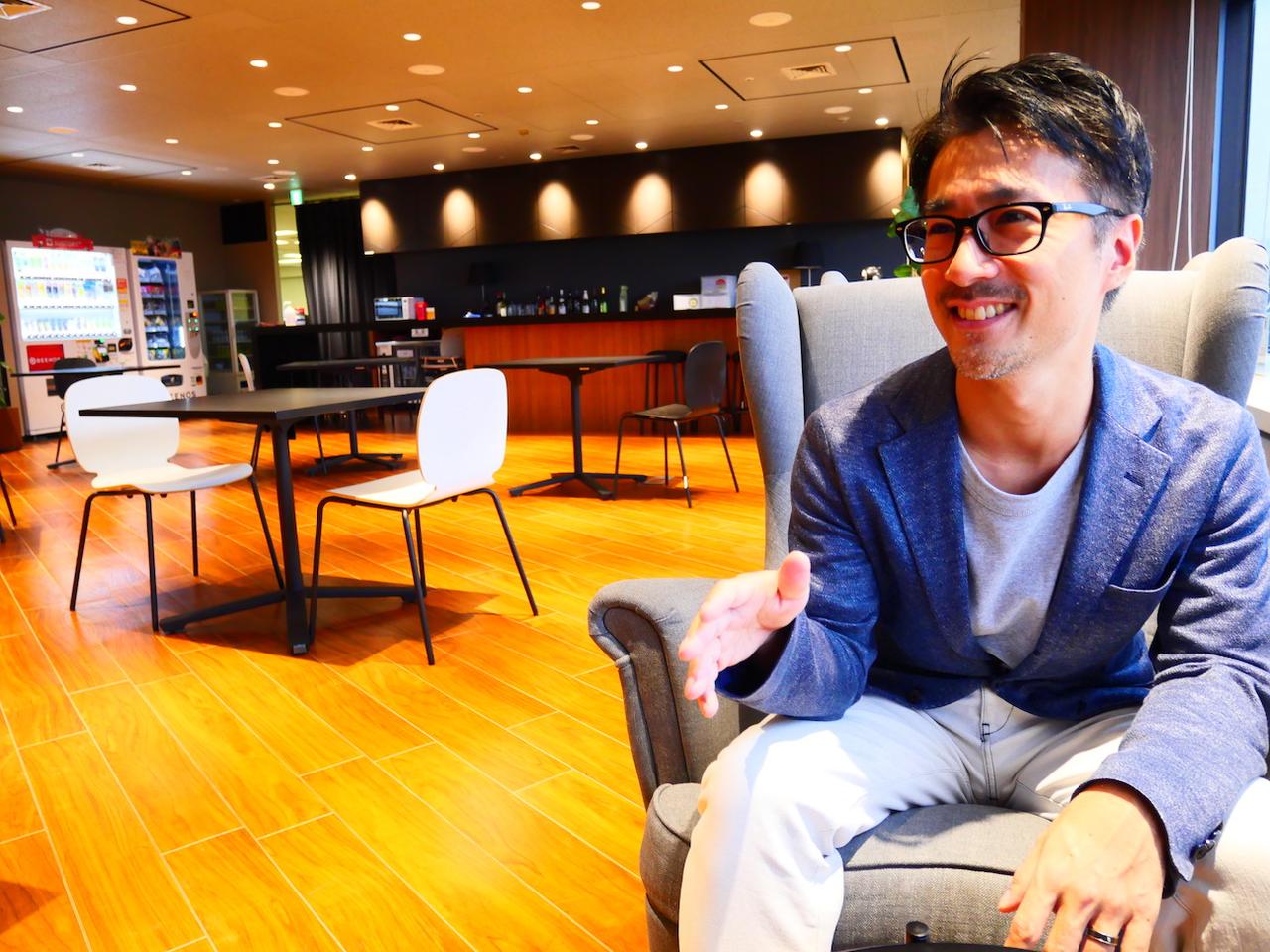We asked Mr. Yoshikazu Tamaya, director of BEENOS Entertainment, which operates EC platform “Groobee” specializing in the entertainment industry, about the goods sales “Entertainment DX”.
“Goods” are becoming an essential part of anime events and artists’ live performances. In addition to standard products such as tin badges, penlights, and T-shirts, the demand for acrylic stands that can be displayed in rooms has increased since the corona crisis.
Original goods have now become standard products in the entertainment industry. However, what often happens is “sold out”. Goods that you want to wear locally, such as penlights and T-shirts, are sold out in the morning.
Sellers also have their own risks in providing goods. The more mass-produced, the higher the material, manufacturing, and labor costs, and the number of sales is greatly influenced by “popularity.” If there is a large discrepancy between the number of goods actually purchased and the prediction in advance, the lack of stock will lead to missed sales or excess inventory.
There is a company trying to solve the dilemma between those who provide such goods and those who buy them. We asked Mr. Yoshikazu Tamaya, director of BEENOS Entertainment (BEENOS), which operates the EC platform Groobee, which specializes in the entertainment industry, about the goods sales “Entertainment DX”.
Entertainment products influenced by “popularity” and “fashion”
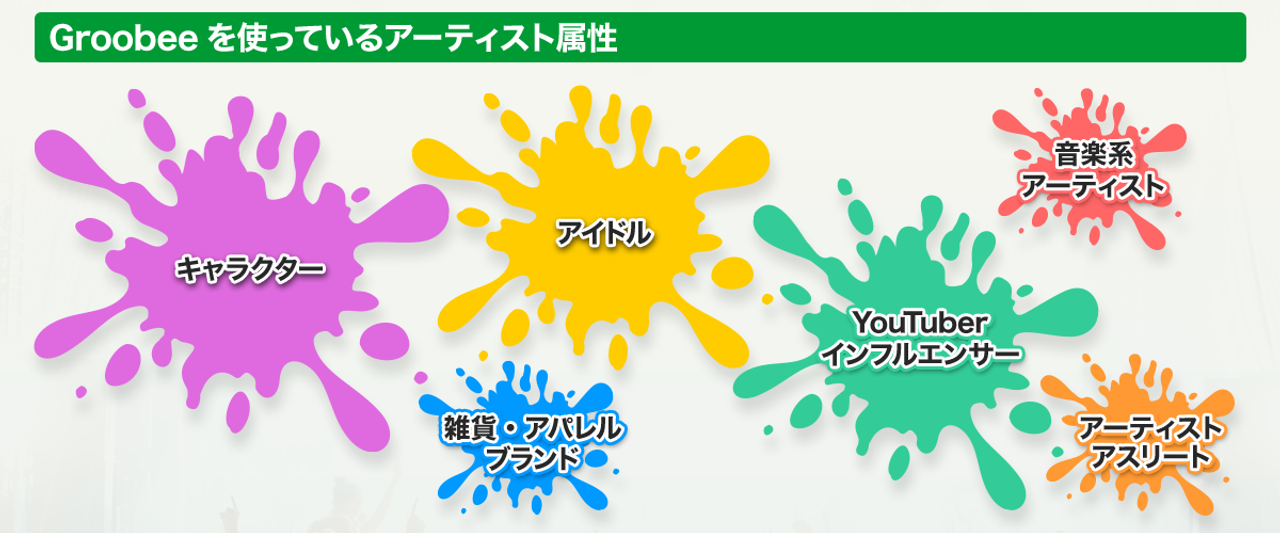
Attributes of artists selling merchandise on Groobee.
Ten years ago, Mr. Tamaya established a company within the BEENOS Group that handles e-commerce (mail order) and merchandise (planning, manufacturing, and sales of licensed products). Based on that know-how, he launched BEENOS Entertainment. In January 2021, the EC platform “Groobee”, which specializes in entertainment such as artists and character content, was launched.
Up to now, we have collectively supported the site construction and management of EC owners such as radio stations and artists who provide programs related to anime and voice actors, as well as the production and sales of goods. The number of production sites exceeded 50, and the number of users exceeded 200,000.
“Entertainment products are similar to products in the apparel industry. They are luxury items that are different from daily necessities, and they are purchased based on their own value. It’s about being ‘one of a kind.’ It’s fine as long as the value is recognized by customers, so it’s unlikely to become a price competition.” (Mr. Tamaya)
All entertainment-related goods are licensed (licensed to use IP such as works). Only right-holder companies that own IP or companies that have borrowed licenses can plan, manufacture, and sell. Even if there are competitors, each one sells a different product.
In other words, the phenomenon of customers “compare the same product and buy the cheaper one” is less likely to occur. The ability to compete on the basis of “value” rather than “price” is a major advantage of goods.
In addition, “low advertising costs” is another feature of entertainment products. Like apparel, fans actively pursue product information without large-scale promotions.
So what are the disadvantages?
“This is similar to apparel. It is greatly influenced by ‘popularity’ and ‘fashion season.’ If there is a shortage, the inventory will run out in an instant. There is.” (Mr. Tamaya)
“Timing of product launch” greatly affects sales, and there is a risk of inventory shortage or excess inventory. These two have become a business bottleneck.
How has Groobee dealt with these issues?
Advertisements
The timing of product drop is “four steps”
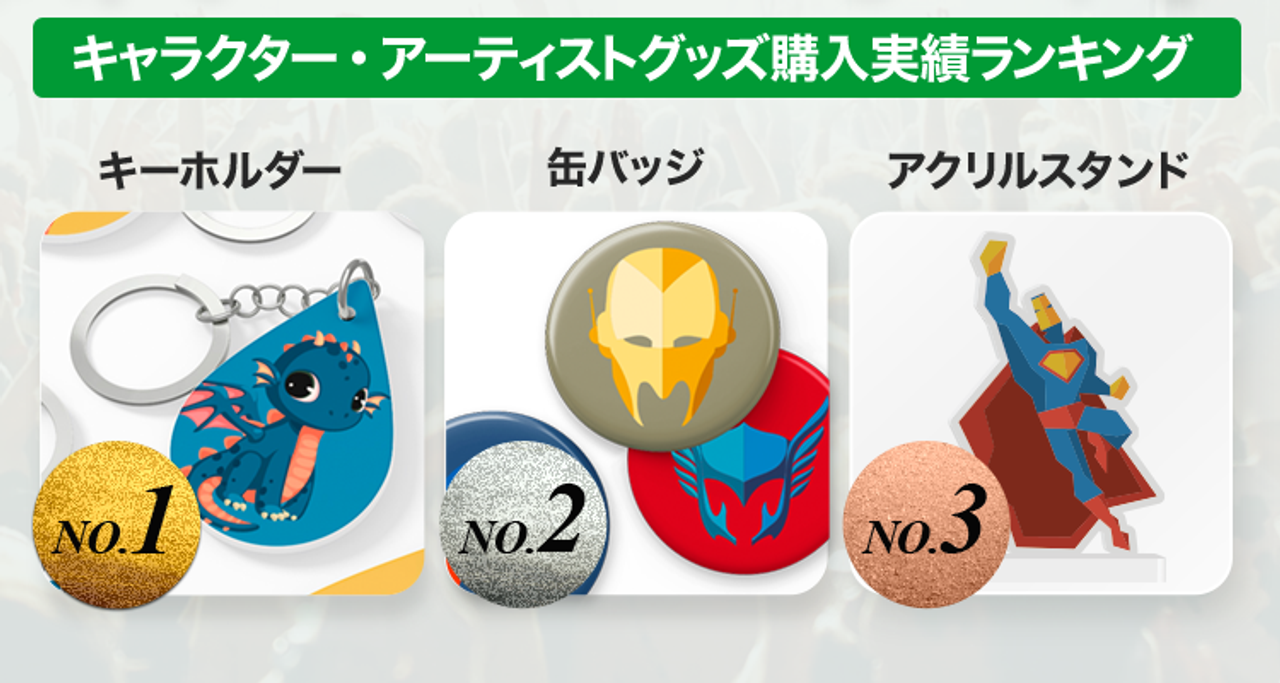
Merchandise purchase ranking on Groobee.
First, Mr. Tamaya explains the timing of product launches on Groobee.
“For example, when it comes to selling merchandise at an artist’s live performance, it doesn’t end with the sale at the venue on the day of the event. We use the “four-stage posture” (Mr. Tamaya).
The first advance mail order is “home delivery before the event”.
If you purchase during this period, the goods will be delivered to your home before the live. This is a message to customers, “Please wear a live T-shirt and come to the live venue.”
The second pre-sale is “pick up at the local venue”.
This can accommodate applications until later than home delivery. Fans can purchase goods by this time and wear them at the venue without having to wait in line for merchandise at the live venue.
And on the day of the live, face-to-face sales of venue merchandise. In addition, after the live, we will also develop “post-event mail order” on the EC site.
I’m curious about the reason why there are two pre-order timings. In the case of sales of “four-stage”, it takes man-hours and labor costs to ship the goods. Still, why do pre-sales twice?
“It’s related to the topic of ‘timing is important’, but there are some customers who can’t decide whether they can go to a live show or not until the schedule is approaching.
In addition, for example, a customer who bought a T-shirt from the first pre-order mail order sees the photo posted by the artist on SNS and says, “I’m going to buy a towel (to be used at the live) as well.” may be. In other words, we avoid the risk of “missing a sale” by responding immediately to “changes of mind” (Mr. Tamaya).
Live goods have a great meaning for fans to wear at the venue. For that reason, we have set up two pre-sales.
Issues are “goods sold out at local venues” and “manufacturing lead time”
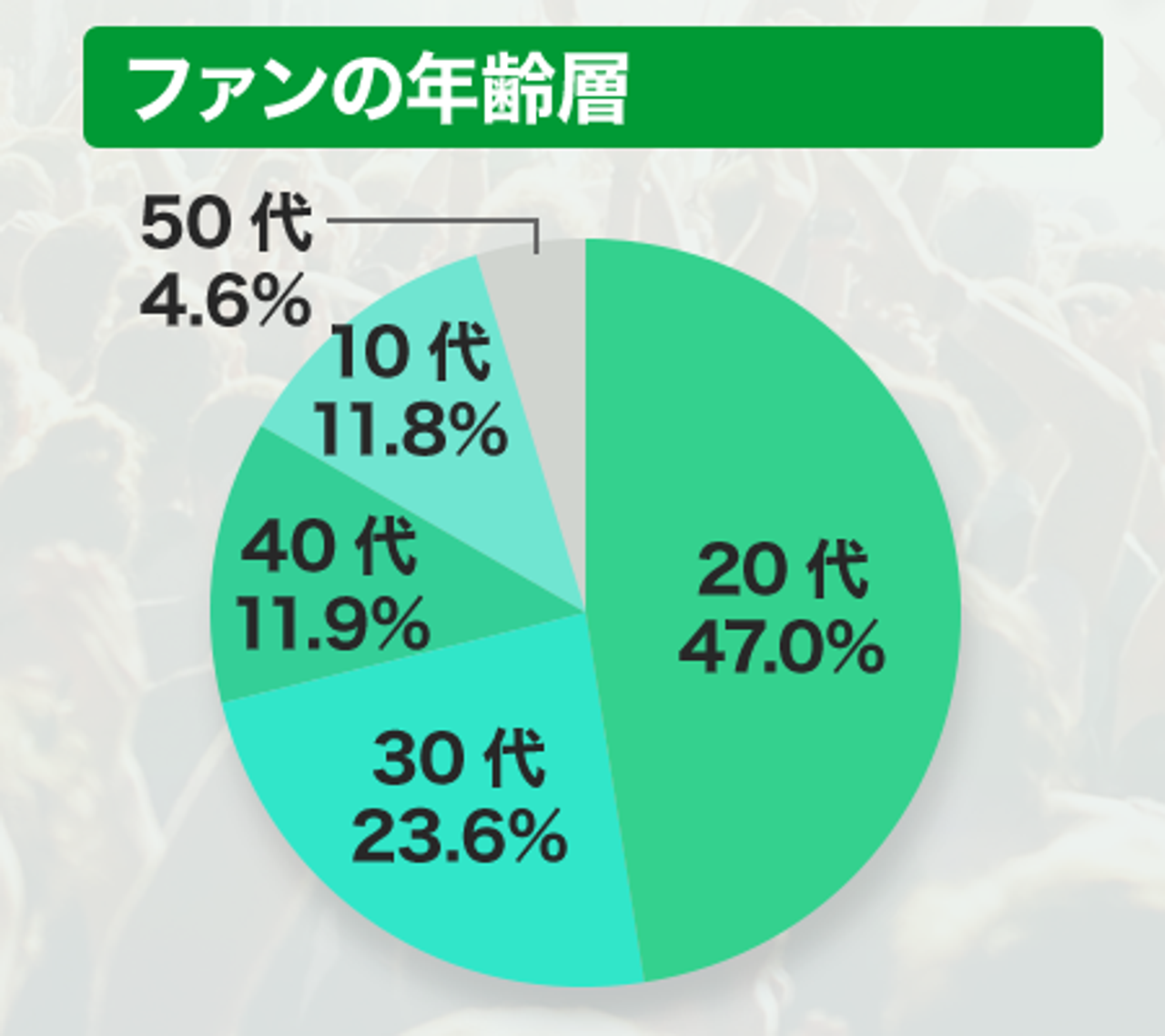
Most of the fans who use EC sites are young people in their 20s, at 47%.
Advance sales have expanded due to the corona disaster.”About half and half between local product sales and pre-order mail order, or pre-order mail order has a higher ratio” (Mr. Tamaya)It says.
Then, is there a risk of “missing a sale” when selling goods at local venues?
The source of trouble is “sold out at the product sales venue”. Even if you rush to the venue from afar and stand in line for product sales, there are many cases where popular items such as penlights are sold out in the morning and cannot be obtained. How does Groobee deal with this situation?
“For the main products such as penlights and T-shirts, we make predictions based on past live sales performance and place orders so that they do not sell out.
If it is still sold out, we will place an order for manufacturing after the fact at that stage. That said, unfortunately there are goods that cannot be replenished immediately on the EC site and require lead time for manufacturing.” (Mr. Tamaya)
“Lead time” is the number of days it takes from placing an order for a product to manufacturing and delivery. For example, items that require three-dimensional modeling, such as specially shaped penlights, start with making a “mold” at the factory.
Even if you place an order for goods at the stage when the shortage is known, there is a risk that the goods will be out of stock until they are shipped from the factory. In addition, if the factory where the order is placed is located overseas, it may take 2 to 2.5 months to deliver.
“On-demand printing” shortens production period and solves inventory risk
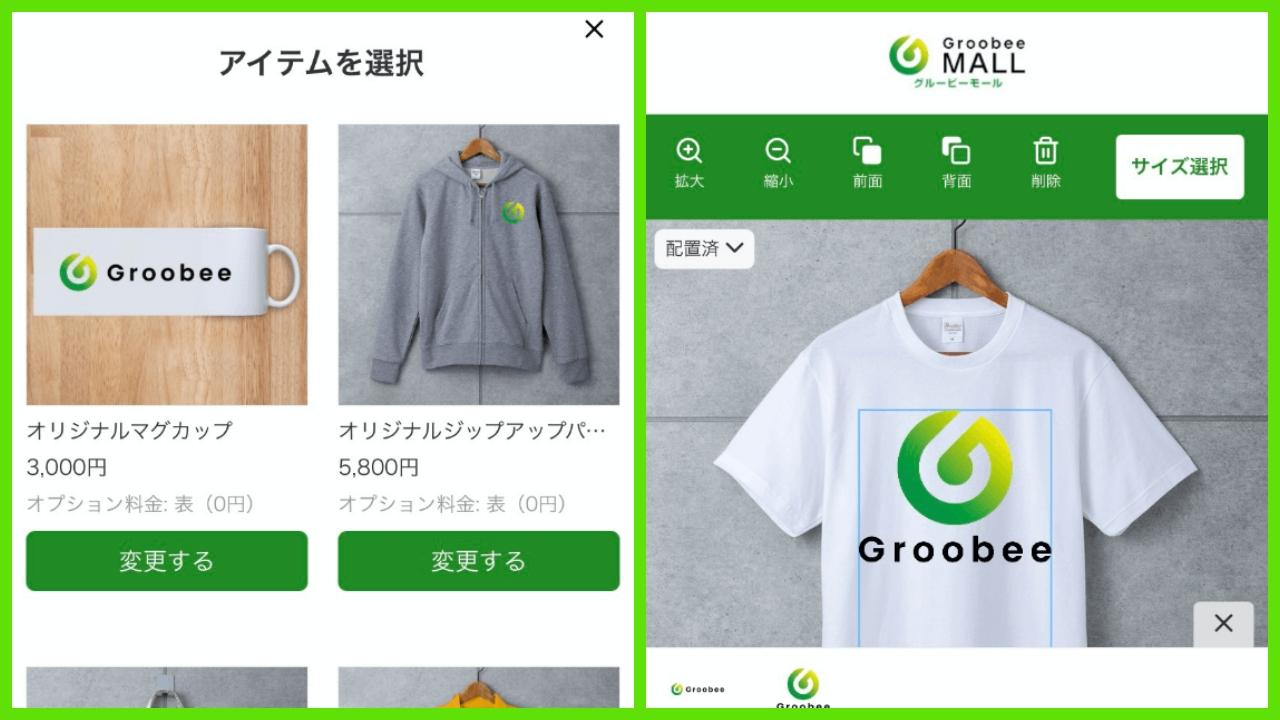
A company that sells goods can sell various goods without inventory on demand.
While there are items that take a long time to reach fans from production, there are also goods that can be produced in a short period of time. Goods that are manufactured by “printing” on items such as T-shirts, acrylic stands, key chains, and tin badges.
“In recent years, printing companies have spread a technology called ‘on-demand printing,’ which enables extremely fast production. With on-demand printing, finished products can be completed in one day.” (Mr. Tamaya)
“On demand” is a printing method that can also be seen in doujinshi. Data can be sent to a PC and printed directly on products with an inkjet printer, etc., without the need to create a “plate” or “mold” first.
“In the past, printing of goods was made from the ‘plate’, so we could only order from 100 pieces or more, which is the ‘minimum lot’. It is also possible to say, “Let’s make only 50 items.” (Mr. Tamaya)
The characteristics of on-demand printing, such as “possible to produce from a small amount” and “to be completed in a short period of time,” matched the needs of the “pinpoint and immediate replenishment” generated in the entertainment industry.
Original goods produced online can be shipped the next day at the shortest from production and ordering, and there is no risk of running out of stock or inventory. It can also solve the problem of not being able to put out products at the timing of popularity.
“I think that on-demand manufacturing will definitely become the mainstream for the production of goods in the future. Technological innovation is also occurring in apparel products, and there are already examples of printing on knitwear in the United States and elsewhere.” (Mr. Tamaya) )
Groobee also uses on-demand printing to produce original goods.
Aiming to solve the complexity of “multi-variety” and “shipment work” with entertainment DX
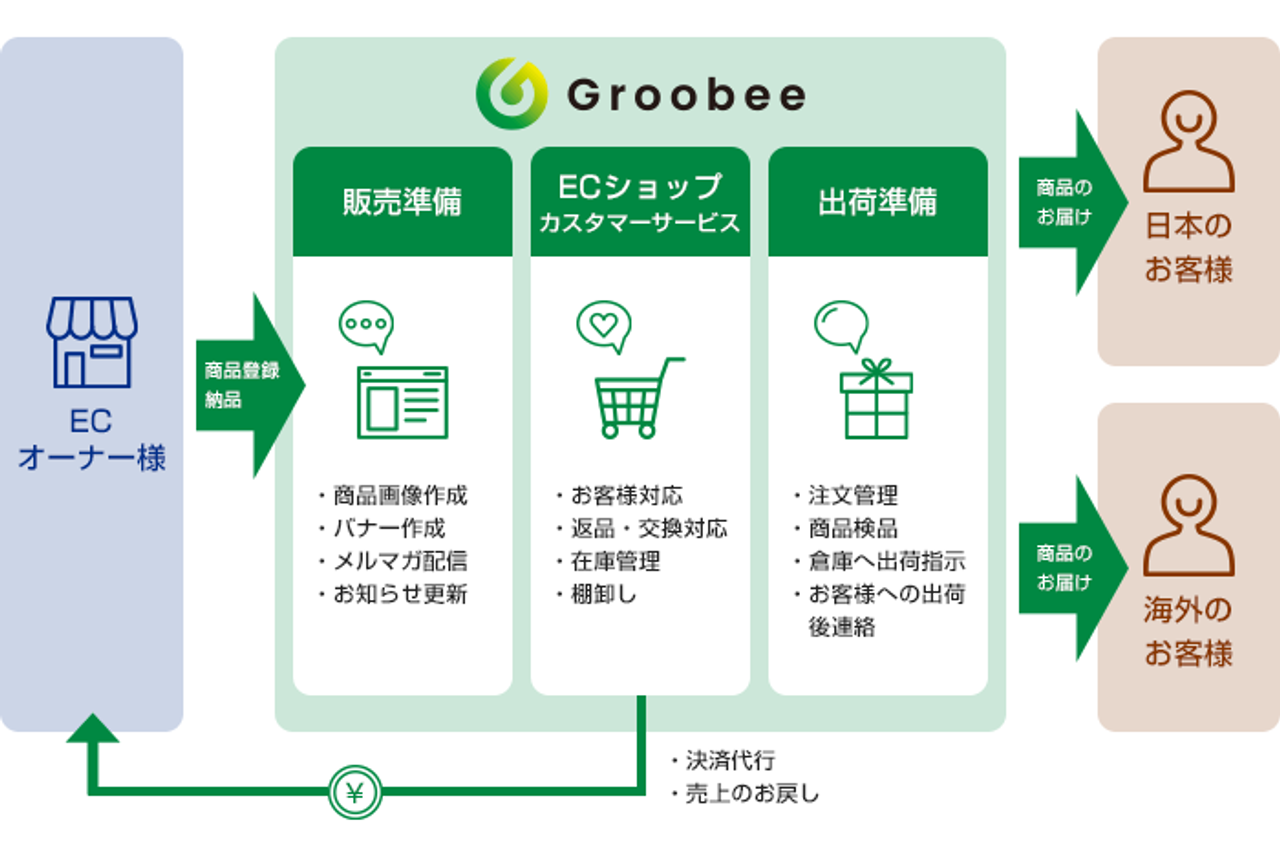
The flow of merchandise sales on Groobee.
However, shortening the production period for goods does not necessarily lead to more efficient goods sales.
Another big issue is the production of goods and the linking of customers.
“In recent years, entertainment products have come in a wide variety of types. In the case of content with many characters, such as social games, it is common to say, ‘Let’s sell 100 different types of can badges for each character.’ The ‘linking’ of image data, ‘customer orders’, and ‘types and quantities of products’ becomes extremely complicated.” (Mr. Tamaya)
If it is a T-shirt, there will be a difference in design and size. In recent years, idol games often have more than 100 characters.
There is a problem that “linking products and customer information” has become complicated due to the “variety” that is a feature of the entertainment industry. It would be very complicated to manually link “how many of which items are needed” while looking at a huge order list of customers.
The number of processes from ordering the goods to the factory to receiving the goods by the purchased fans also hindered the efficiency of sales. This is because the manufactured products were once brought into the warehouse for the shipping work that links the products and customer information.
Groobee has made it possible to shortcut the process until the product reaches the hand of the fan by linking the data of the customer and the ordered product.
“In Groobee, each piece of information is linked through system linkage. The link between ‘Groobee’s order management system’ and the manufacturer’s ‘manufacturing system’ is the key to this service,” said Mr. Tamaya.
By centrally managing everything from order receipt to shipment using IT, it is said that there will be great benefits that go beyond linking information.
“If customer and product data are linked, by sending customer data directly to the factory, the finished product can be shipped directly from the factory to the customer. The benefits are great.” (Mr. Tamaya)
Warehouse product inventory is centrally managed through system linkage. Doing so will prevent the “missed sale” mentioned above. It will also prevent the big risk of the entertainment industry of excessive inventory.
IT management reduces man-hours and eliminates inventory shortages and excess inventory. We aim to maximize the sales of the entertainment company that is the client. BEENOS calls this “Entertainment DX”.
Entertainment is the “ultimate impulse buy”–I want to convey the joy of keeping fans for a long time.
Mr. Yoshikazu Tamaya, director of BEENOS Entertainment, who responded to the interview.
Currently, BEENOS is also developing a mail-order agency service called “Buyee” for fans living overseas who love Japanese content. Although it is a B to B business, we also aim to increase the enthusiasm of “fans” through EC services.
“I think entertainment is the ultimate impulse purchase. This is interesting! let’s buy! We want to keep our customers’ enthusiasm and joy alive by delivering our products speedily.” (Mr. Tamaya)
In the entertainment industry, in order to eliminate inventory risk, there are cases where products are made after an order is placed, taking the form of “made-to-order”. But if the product arrives late, the customer will be disappointed.
Merchandise exists not only as a means of monetization for entertainment companies, but also as a way for customers to “retain their fans.” By putting it in your home or wearing it, you will become attached to it.
Merchandise “becomes a presence that keeps the heat of the content from cooling off and that you won’t forget,” says Tamaya.
“I think artists should put out goods once a month, even when they don’t have live performances. It helps keep the fans going.
I think that the ideas of “maintaining enthusiasm” and “always having fans” will become important in the entertainment business in the future. Through our product support for entertainment companies, we also want to convey to customers the joy of buying and the joy of continuing to be a fan.” (Mr. Tamaya)
(Interview and text: Yumiko Watanabe, editing: Kei Yoshikawa)
Source: BusinessInsider
David Ortiz is an opinionated and well-versed author, known for his thought-provoking and persuasive writing on various matters. He currently works as a writer at 24 news breaker, where he shares his insight and perspective on today’s most pressing issues. David’s unique voice and writing style make his articles a must-read for those seeking a different point of view.

